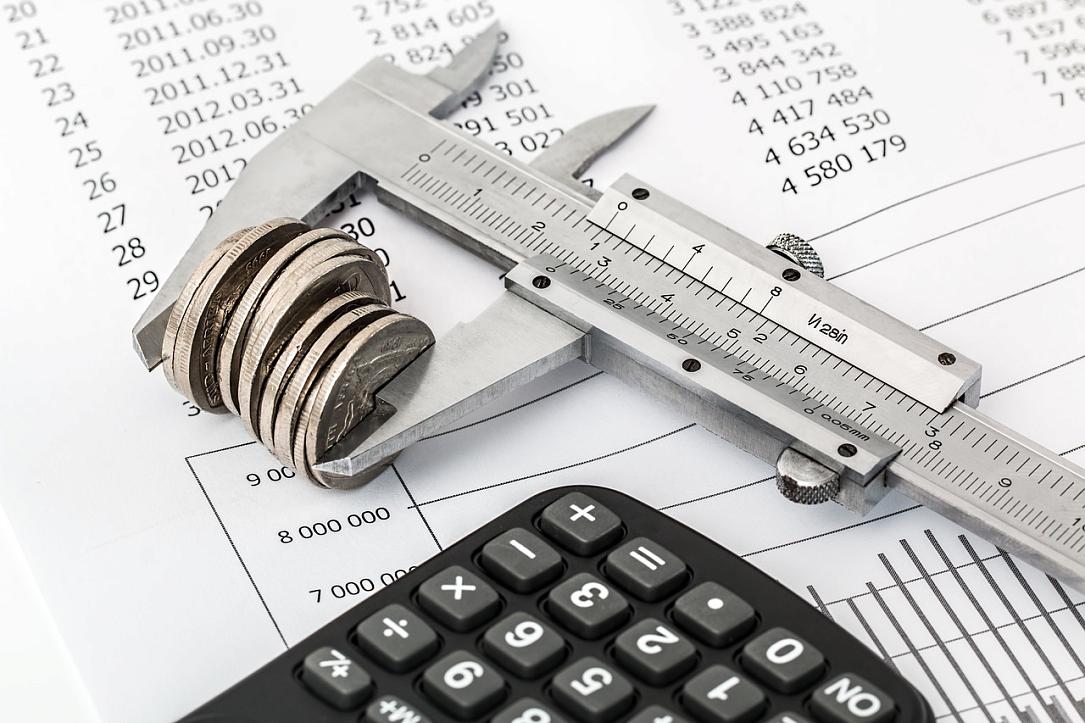Romania’s current account deficit narrows by 21% in Jan-Apr

Romania's current account (CA) deficit, one of the twin deficits threatening the country's macroeconomic stability until 2019, narrowed by 21% in January-April compared to the same period last year, to EUR 1.8 billion.
"The CA deficit to GDP ratio could adjust to an average annual level of 2.3% in the period 2020-2022", commented Andrei Rădulescu, head economist of Romania's largest bank Banca Transilvania.
The deficit has stayed between 4.5%-5% of GDP in recent years. The trade gap for goods and services widened by nearly 17% (EUR 415 mln) in the first four months of this year. The net imports of goods expanded by over 17% (EUR 880 mln) while the net export of services increased by roughly the same rate (18%) but could not offset the widening of the trade gap.
The GDP data for the first quarter of the year (Q1) already suggested that the exports suddenly stopped toward the end of March, leading to a wider trade gap (and possibly contributing to the rising stock of inventory). This scenario is consistent with the increase in the trade deficit (goods) that continued in April under lockdown.
On the upside, the balances of the primary and secondary income accounts improved in Jan-Apr, each of them by over EUR 400 mln - which represents a consistent improvement in relative terms.
Notably, the outflows of both primary incomes (dividends, interest) and secondary incomes (transfers) decreased by a magnitude that offset the rising net imports (of goods and services) and resulted in a smaller overall CA deficit compared to the first four months of 2019.
This means that the CA balance improvement didn't come from the trade with goods - which remained the major CA balance issue.
In April, the CA deficit narrowed by 18% year-on-year, to EUR 931 mln, after the 24% year-on-year contraction (to EUR 2.26 bln) in Q1. Both the inflows and outflows in April went down due to the subdued economic activity and constraints.
Meanwhile, the foreign direct investments (FDI) posted a negative value of EUR 456 mln in January-April, compared to EUR 2.2 bln net inflow in the same period last year. Very thin net equity investments (EUR 33 mln) and FDI companies paying back the money borrowed from parent groups contributed to the change in the FDI flow in Jan-Apr this year compared to last year. Investments, foreign and domestic, have seen a contraction of unusual magnitude in Q2, and this will impact the economic recovery, members of Romania's National Bank board mentioned in the minutes of the May 29 monetary policy meeting.
(Photo: Pixabay)
editor@romania-insider.com













